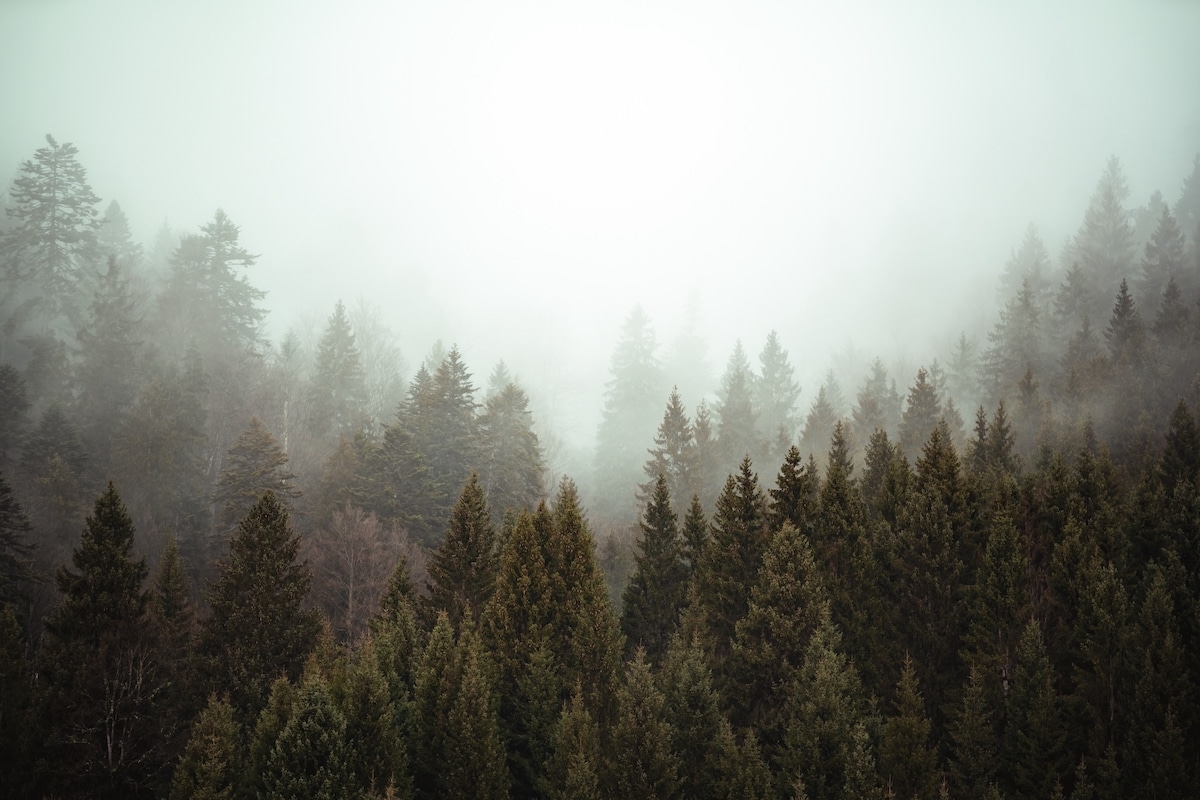
Insights: Forests and woodlands
Forests and woodlands – key habitats for a diversity of wildlife, including snakes, koalas and moose
From the snow-covered boreal forests of the far Northern Hemisphere to the dense tropical jungle of the Amazon, forests cover one-third of the Earth’s surface. Home to more than three-quarters of all life on land, they are one of the most biodiverse ecosystems on the planet.
However, forest landscapes are disappearing at an alarming rate. Between 2015 and 2020, approximately 10 million hectares of forest around the world were cleared each year. In Australia alone, 44 per cent of our woodlands and forest have been cleared since European settlement.
With the theme of this year’s World Environment Day being #OnlyOneEarth, we’re taking the opportunity to explore the key role the world’s forests and woodlands play in sustaining life on earth.
Woodlands and forests — what’s the difference?
Woodlands and forests are both ecosystems dominated by trees. However, there are a few important features that distinguish woodlands from forests.
In a forest, the tallest trees create a dense patchwork of leaves, restricting the amount of light that can filter through the canopy to the ground. By comparison, the crowns of woodland trees don’t touch—there are fewer trees and they are spaced more widely apart. As more light can filter through, woodlands typically have an understorey of smaller trees, native grasslands and heath.
In Australia, woodlands are typically dominated by eucalypts (like yellow box, stringybark and red ironbark), with an understorey of plants including cypress pines, banksias, wattles and native grasses. Perhaps the best known of all Australian woodland communities is the box-ironbark woodland. Before European settlement, this ecological community stretched the length of the Great Dividing Range, from Victoria to southern Queensland.
Unfortunately, both woodlands and forests are threatened by land clearing for agriculture, forestry and urban development, as well as the illegal collection of firewood. Climate change is also affecting our forests. As they become hotter and drier, they are increasingly at risk of forest fires. In 2019-20 alone, more than 24 million hectares of forest were burned during Australia’s Black Summer fires. The 2020 fire season in the United States was equally unprecedented, with nearly two million hectares of forest burning in California’s worst fire season on record.
What native animals live in woodlands and forests?
Forests play a vital role in sustaining life on Earth. They provide us with important resources and play a critical role in regulating greenhouse gases, absorbing twice as much carbon dioxide as they emit. Forests are also home to an astonishing eighty per cent of terrestrial plants and animals, with tropical forests, in particular, being home to more species than any other ecosystem.
Here are just a few of the many animals that call forests and woodlands home.
Koala (Phascolarctos cinereus)
One of Australia’s most loved animal icons, the koala is found in woodlands throughout eastern mainland Australia, and in a small area of South Australia. Koalas depend on eucalypts for survival, feeding on several different tree species within their home range. In fact, koalas are known to feed on up to 100 different eucalyptus species and can consume as much as one kilogram of eucalyptus leaves every night!
In February 2022, the Koala was officially declared Endangered in Queensland, New South Wales and the ACT. While official estimates suggest there are 180,000 koalas on the east coast, the Australian Koala Foundation estimates there are likely less than 80,000 koalas remaining in the wild. Habitat destruction, in the form of land clearing, is widely recognised as the biggest threat to koalas. Recent research by the Australian Conservation Foundation suggests that the Australian Government has approved the clearing of 25,000 hectares of koala habitat in the last decade alone.
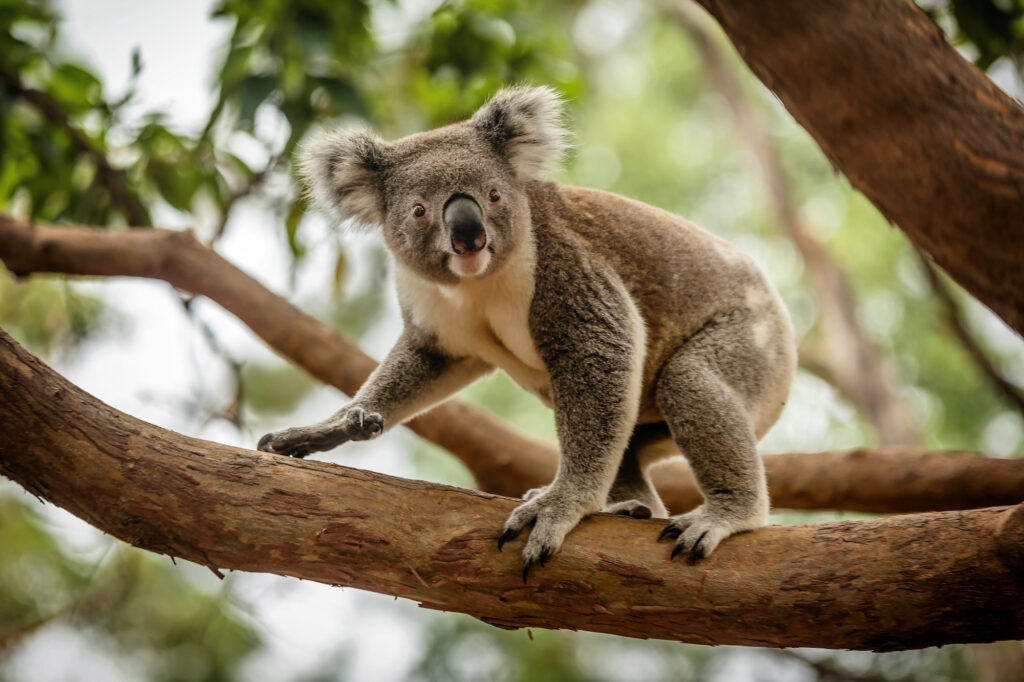
Superb parrot (Polytelis swainsonii)
Found in only a small section of New South Wales and Victoria, the superb parrot is one of Australia’s most distinctive birds. Predominantly bright green, with a long, pointed tail, the species is known for its distinctive, graceful flight. Superb parrots live in woodlands and timbered waterways, where they nest in deep tree hollows. Interestingly, superb parrots breed and feed in different habitats, leaving their nests each day to feed on seeds from Black Box woodlands.
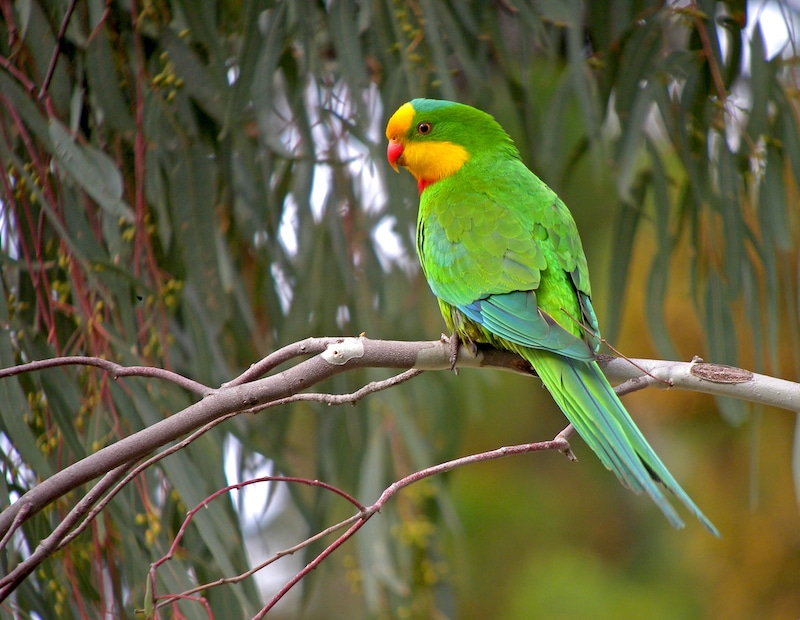
Sunda Pangolin (Manis javanica)
There are eight species of pangolin, found across Africa and Asia where they inhabit forests and grasslands, including the Sunda Pangolin in Vietnam. These small, nocturnal mammals (that’s right – they’re not reptiles like many people think!) are covered in scales and feed exclusively on insects. They are also solitary animals and come together only during the mating season.
Unfortunately, pangolins are one of the most trafficked animals in the world, with the IUCN SSC Pangolin Specialist Group estimating that more than one million pangolins have been snatched from the wild in the past decade. They are particularly vulnerable to capture as they respond to disturbance by curling into a tight ball to protect themselves. They are in particularly high demand in Vietnam and China, where their meat is considered a delicacy and their scales (which are made up of keratin, just like fingernails) are widely used in traditional medicine despite scientific evidence that these scales do not contain any such medicinal properties.
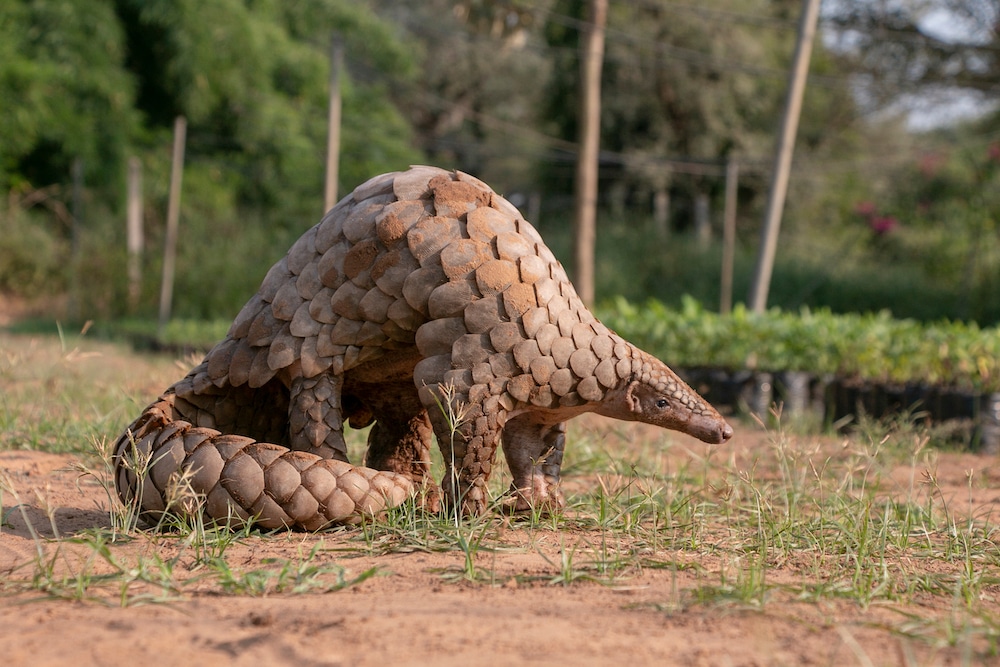
Louisiana Pine Snake (Pituophis ruthveni)
Non-venomous, with beautiful brown and buff, coloured patterning, the Louisiana Pine Snake is one of America’s rarest reptiles. It lives in longleaf pine forests in Louisiana and East Texas, where it spends most of its time underground in the burrows of pocket gophers (which it also eats!).
Louisiana Pine Snakes are adapted to the precise forest environment produced by longleaf pines. These pines are slow-growing, and allow light to reach the forest floor which results in drier soil and a thicker understorey than is common in other pine forests. The logging and replacement of longleaf pines with faster-growing species is, therefore, a key risk to the snakes’ survival.
Bobcat (Lynx rufus)
One of four Lynx species, the bobcat is native to North America, where it can be found from southern Canada all the way to the north of Mexico. The lynx gets its name from its short black-tipped tail, which ‘bobs’ as the animal moves. The bobcat is one of the most adaptable predators, capable of thriving in a wide range of environments from forests, to swamps, and even deserts.
The bobcat’s population is generally stable across the United States, and it is therefore listed as Least Concern by the IUCN. However, some areas have seen recent declines in the species, including the Everglades National Park, where the invasive Burmese python is thought to have been responsible for a reduction in bobcat sightings of nearly 90%.
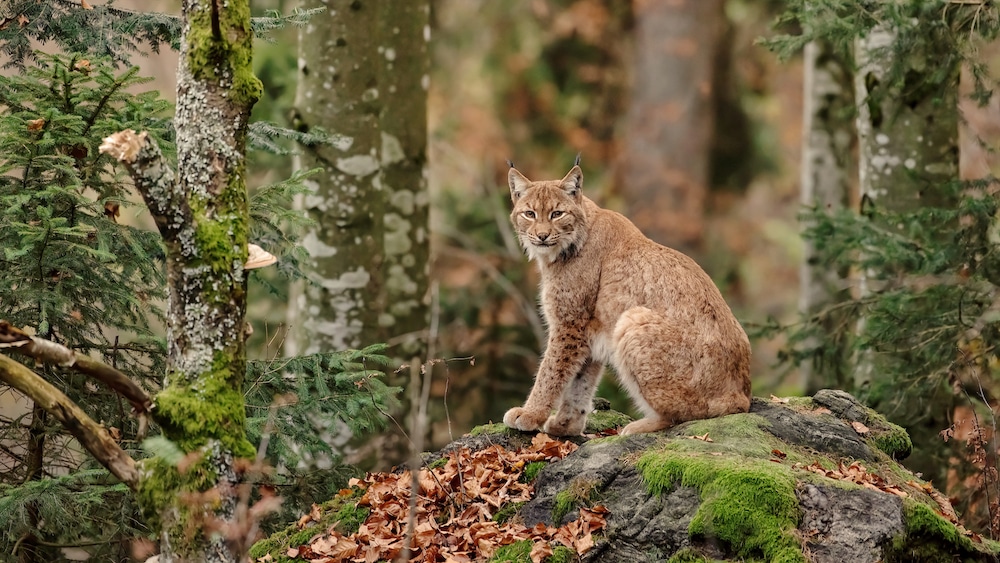
Moose (Alces americanus)
At nearly two metres tall, with antlers that measure up to six feet across and weighing around 450 kilograms, moose are the largest members of the deer family. They are found across the northern United States, and Canada, where they live in forested areas with streams. Because moose are so tall their diet primarily consists of the leaves, bark and twigs of trees and shrubs. Precisely adapted to survive in cold climates, moose are directly affected by our warming climate, with increased levels of heat stress resulting in lower weight, pregnancy rates and increased disease and parasite vulnerability.
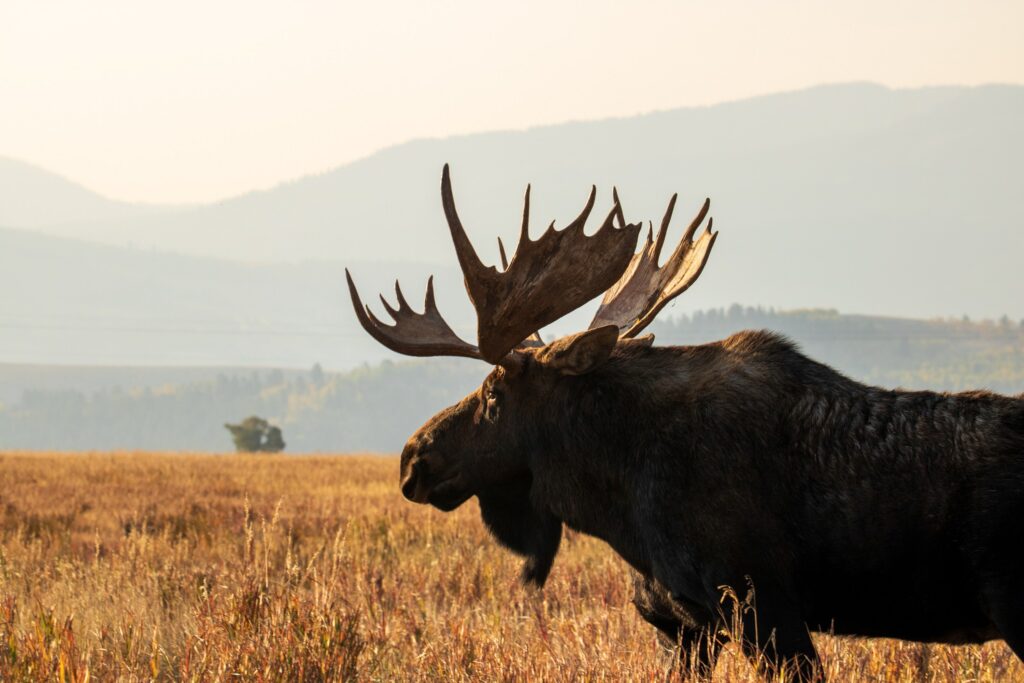
What are the main threats to forests and woodlands?
Despite the important role forests and woodlands play in regulating our climate and providing habitat for a wide diversity of wildlife, they are continuing to disappear across the world. In Queensland, Australia alone, just over two million hectares of land were cleared between 2010 and 2018.
Both deforestation and forest degradation are widely recognised as the most significant threats to our forests. Deforestation is primarily driven by the conversion of forests into agricultural land (often via illegal logging). Between 2000 and 2010, large-scale commercial agriculture is thought to have accounted for 40 per cent of tropical deforestation, and local subsistence agriculture a further 33 per cent.
Forest degradation occurs when a forest ecosystem no longer functions as it should; it still exists, but its capacity to support life is significantly reduced. According to the World Wildlife Fund, approximately 6.5 million square miles of forest are at risk of degradation by 2030. In addition to illegal logging, climate change is a key driver of forest degradation. Higher temperatures and unpredictable weather patterns increase the frequency and severity of bushfires and other natural disasters, and droughts make plants more susceptible to disease.
Invasive species, such as feral cats, rabbits, foxes, feral pigs, feral deer and goats also threaten Australian forests and wildlife, and similarly, feral swine are particularly problematic in the United States. These species disrupt woodland and forest ecosystems by destroying native vegetation, out-competing native species for food and habitat, predating native animals and spreading disease.
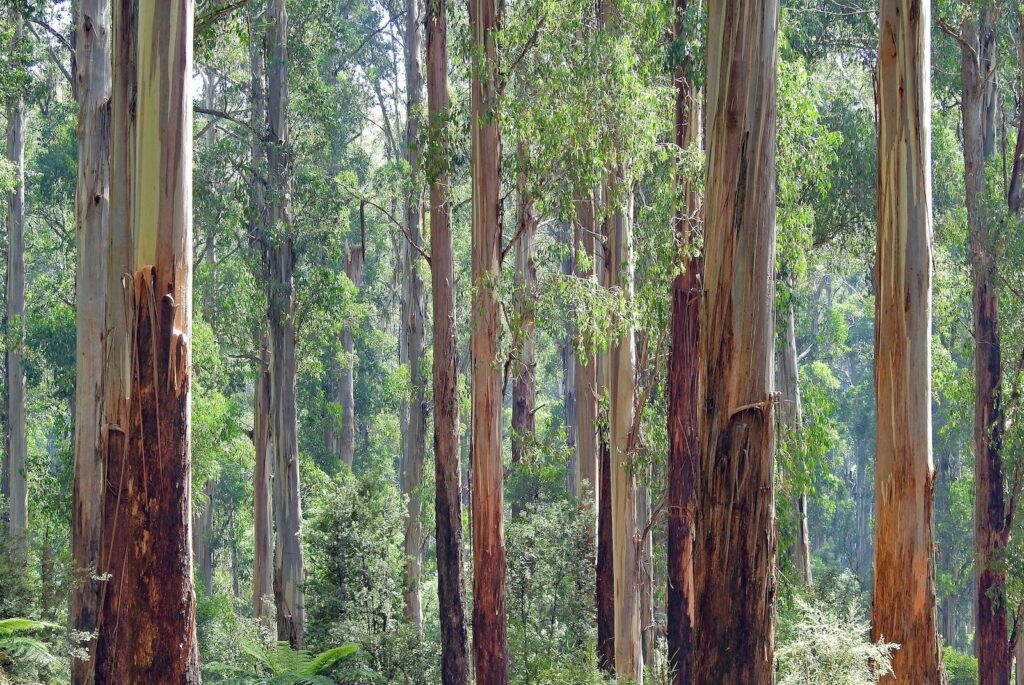
Wildlife Drones works with clients across the world to protect wildlife and manage invasive species that inhabit woodlands and forests
Our innovative drone-based radio-tracking technology has been deployed to assist conservation efforts for a range of endangered woodland and forest species across the world. For example, we have worked with clients to:
- Survey koala populations with thermal imaging drones to determine their presence and abundance at proposed development sites that are otherwise challenging and time-consuming to survey.
- Radio-track many pangolins at the same time through dense tropical forest that was otherwise prohibitive and dangerous to access on foot, to gain insights on their survival in the wild and protect them from poaching.
- Track Critically Enangered Swift Parrots to their roosting sites for the first time, enabling targeted conservation efforts to protect and restore woodland habitats on private properties.
- Radio-track koalas that were rescued and then released back into the wild following the 2019/20 Black Summer bushfires. Our technology helped search for koalas that couldn’t be found from the ground and reduced the need for researchers to disturb fragile fire-affected terrain.
- Search steep rocky woodland of Namadgi National Park to locate radio-tagged Rosenberg’s Goannas more efficiently as young animals dispersed over mountain ranges.
Book a meeting with us today if you’d like to find out more about how our world-leading technology can help with your forest conservation efforts.
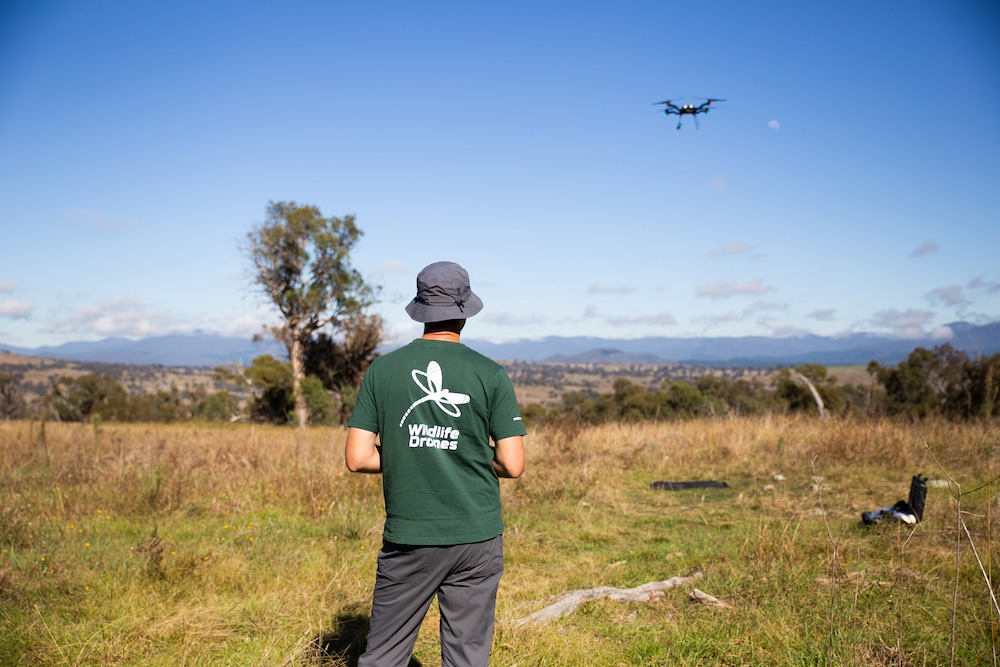

Alice Wisse is an experienced management consultant, freelance writer and content creator. She is an adept project manager and sharp analyst, who enjoys working with organisations to refine their strategic direction and effect positive change.

